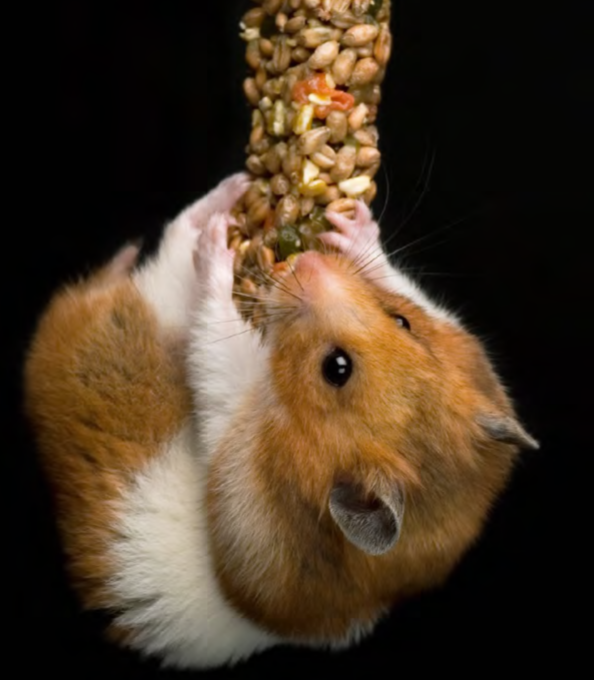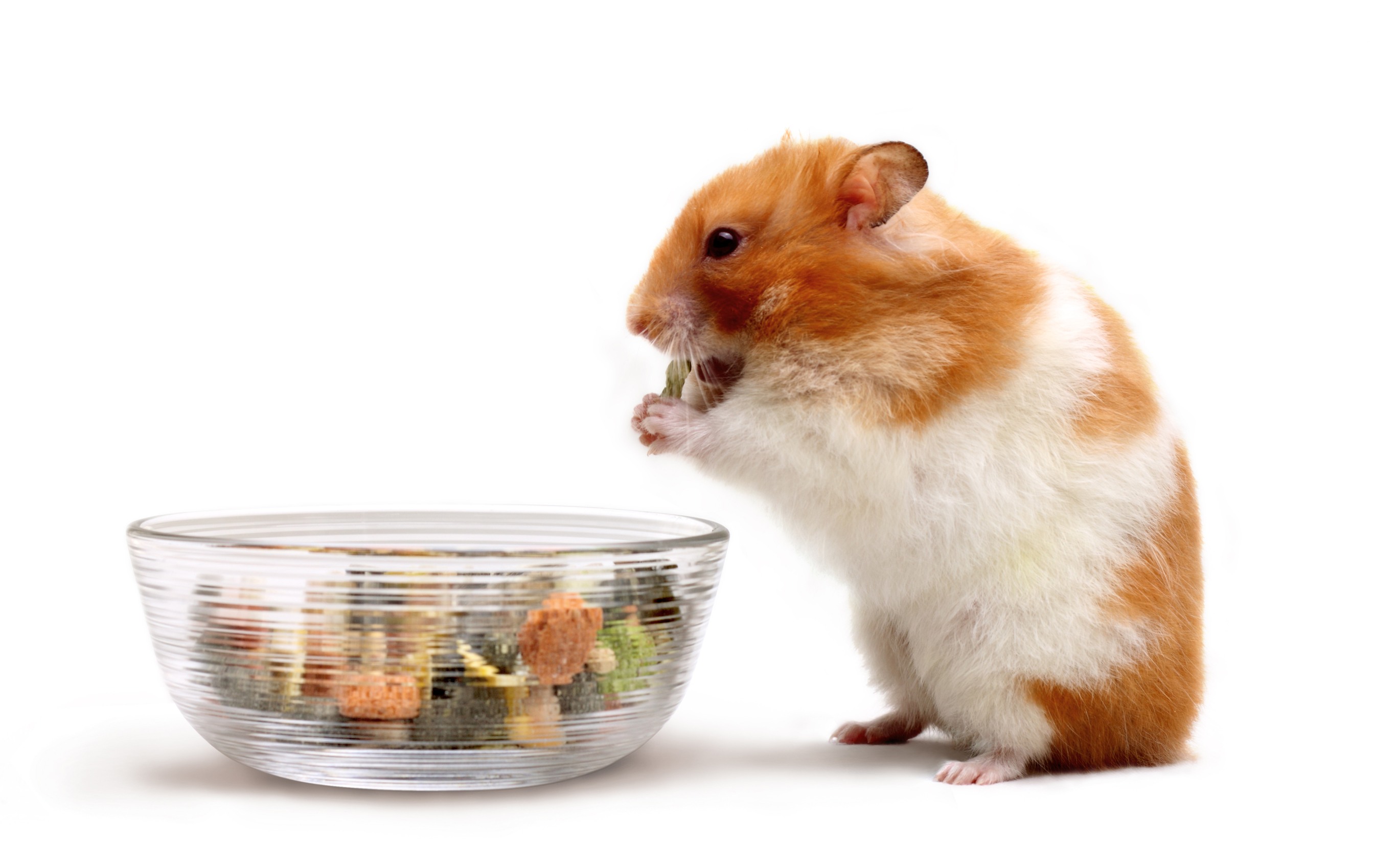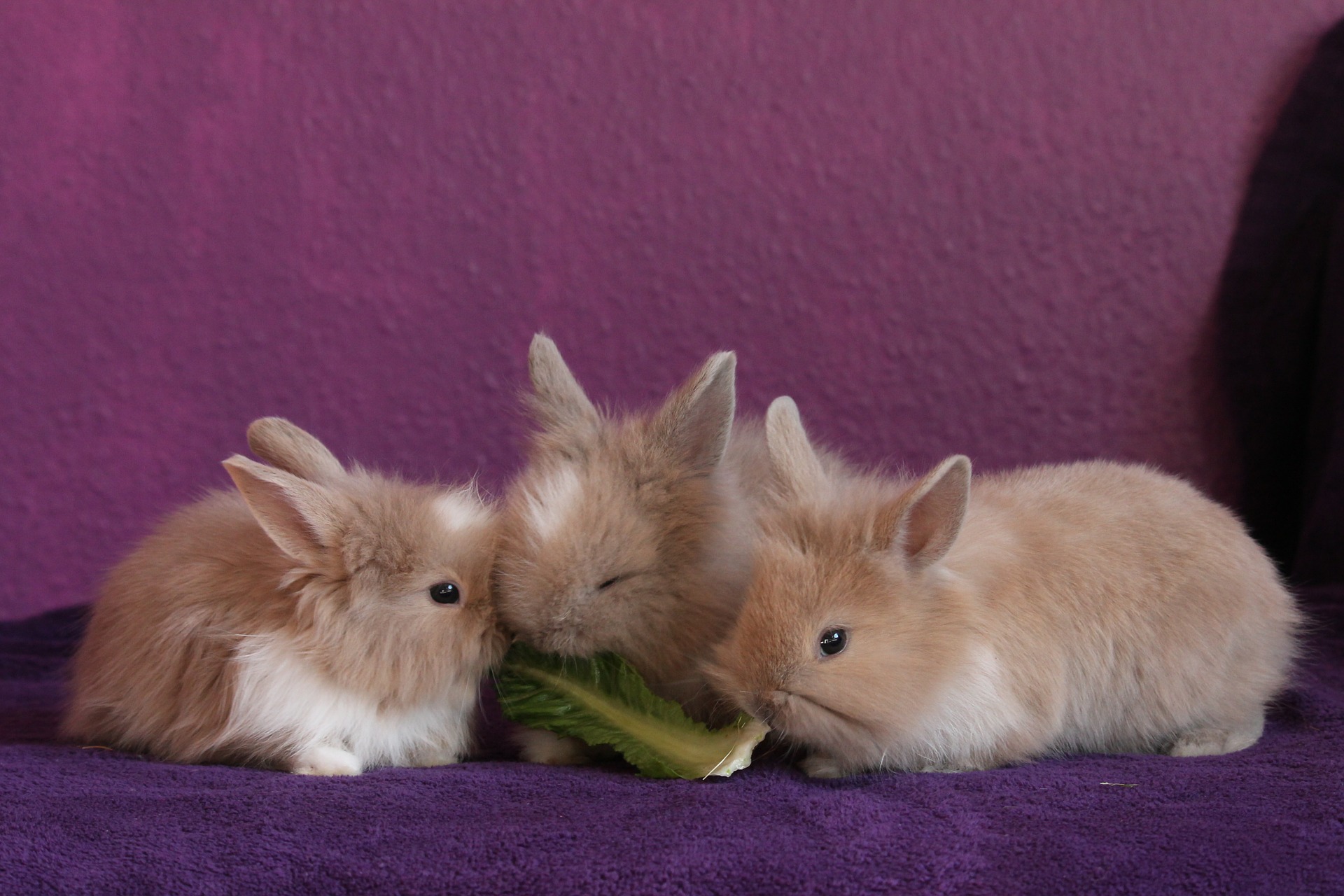Dental, Chew Products Essential for Small Animals
Erik J. Martin //February 13, 2018//
Here’s the tooth of the matter: small animals live to gnaw. It keeps their chompers well maintained and provides a stimulating activity that relieves boredom.
As a prime provider of preferred chew products, you can take a sizeable chunk out of this subcategory and crunch up some profits and customer goodwill, too—assuming you don’t bite off more than you can chew as a retailer.
Gnash-ural and Natural
“In the small animal marketplace, there’s a sustained trend toward chews and toys that offer added value and enrichment in multiple forms—nutritionally, mentally and physically,” said Lucas Stock, communications manager for Oxbow Animal Health, the Papillion, Nebraska-based pet products manufacturer founded in 1980 on the original family farm of its owner, John Miller.
Stock noted that more consumers are proactively pursuing chew products made from natural ingredients like species-safe woods. Natural means healthier, “which can help prevent dental disease—a serious health concern for small herbivores,” he said.
To cater to this demand, Oxbow makes a variety of gnaw-riffic Timothy CLUB accessories made with handwoven high-fiber Timothy hay, including a Bungalow, Carrot, Tunnel, Hideout and Twists.
Kaytee also recently introduced Kapok Nest & Chew Pods, made from white silk-cotton trees and featuring a natural outer shell ideal for cleaning and trimming teeth and cotton-like material inside that is ideal nesting and burrowing fodder.
“We’ve also seen a movement toward nutrient-rich chew toys,” said Amanda Altman, marketing coordinator for Marshall Pet Products in Wolcott, New York, a company that celebrates its 25th anniversary in 2018. “Products that only provide a chewing opportunity are great, but getting those added nutrients has been a pet owner’s recent concern, which our Peter’s Rabbit Chew Toy with Apple helps address.”
This chew toy boasts 100 percent authentic dehydrated apple hanging in the center of a dumbbell-shaped hardwood rod, designed to give lagomorph teeth a workout.
Chew on These
All this talk of natural chews isn’t meant to give short shrift to the synthetic kind; they deserve a place in your store, too.
“Long-lasting chews that can engage and entertain are often preferred over smaller items that can easily get lost in their habitat or gnawed to pieces quickly,” said Julie Fain, digital marketing and communications coordinator for Bowling Green, Ohio-headquartered Vitakraft Sun Seed Inc., founded in 1837. “Synthetic chews like Sunseed Chew Blox and other non-splintering chew items can be left in an animal’s habitat for long periods of time.”
“Long-lasting” exhibit B is Vitakraft Crunch Sticks, made of a crunchy outer treat coating and containing a wooden chew center that keeps the animal occupied long after the exterior snack is devoured.
Your best move? Choose variety in your chew SKUs.
“Retailers should off er an assortment of textures when selecting chews and toys to stock, including a hard source for gnawing like wood, a medium texture for cleaning teeth, such as sisal, and a soft chew like loofah for flossing,” said Mary Ann Loveland, senior associate brand manager for Kaytee Hard Goods in Chilton, Wisconsin—maker of small animal products for over 150 years.
“It’s also important for retailers to keep their small animal section current with the latest new chew products,” Loveland said.
The easiest way to sell this concept is to make it fun—in the form of toys and games. Capitalizing on this partiality toward play, Kaytee recently rolled out several new wares, including the ChewMoji Ka-Bob refi llable treat holder and the Chew-Moji Wooden Chews four-pack, each featuring emoji-like chewable discs in a variety of friendly facial expressions; and the Toss & Learn Carrot Game, which, after being fastened to any wire cage, serves as a hide-and-seek sport of sorts, allowing you to hide treats in the base beneath its three carrot-shaped wooden chews.
Train to Educate
Brian Bohne, manager at Mary’s LB, Inc. in North Miami, Florida, notes that his biggest seller in this subcategory is a private label three-pack of birch wood blocks that sells for $1. He adds that eCOTRITION’s Snak Shak edible hideaway is another popular item among his customers.
“The challenge with these chew products is that they don’t sell themselves,” Bohne said. “You have
to train your staff to promote them to customers as a necessary staple because they’re probably not going to seek them out on their own.”
Taking the time to educate customers about the benefi ts of chew goods “is the best way to create long-term customers of these products,” Stock added.
The message at Mary’s LB is simple: “Give it to your pets regularly as a preventive measure to keep their teeth well maintained,” Bohne said. “We tell shoppers that it’s much easier and cheaper to provide a few dollars’ worth of wood chews than to have to spend a few hundred dollars at the vet when the animal’s teeth are overgrown and unable to eat properly.”
Merchandising Tips
Shelf space today is scarce. Fortunately, many chews and toys are small and versatile when it comes to merchandising, Stock says.
“We encourage retailers to place these items near essentials such as hay and foods, which helps reinforce the importance of these items and can positively influence the perception of customers over time,” Stock noted.
Bohne agreed, adding that the best shelf positioning for chew products is at eye level in the middle of your small animal section.
“We place them right between small animal foods and hay products,” Bohne said. “Which is just the right spot.”
Another worthy best practice: If you sell small animals on the premises, place the chew products you carry within their habitats for patrons to observe.
“There’s no better endorsement than seeing a pet interacting with one of these items fi rsthand, and it can be a great opportunity to demonstrate the versatility of certain accessories,” Stock said.
Lastly, play up the fact that February is Pet Dental Health Month.
“Put up displays of products that promote good dental health, share tips on social media and off er special in-store deals on chew toys and treats during these times,” Fain recommended.



















